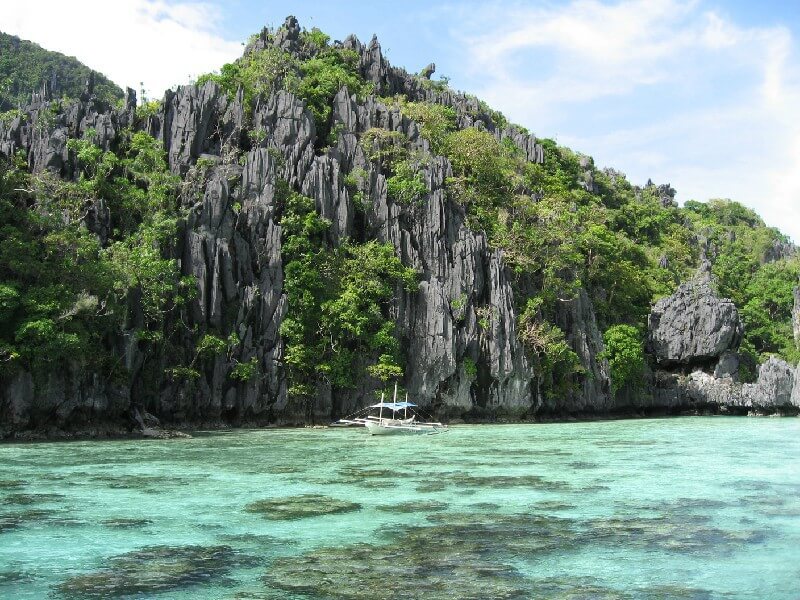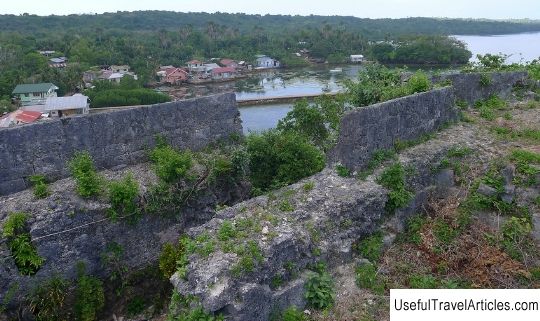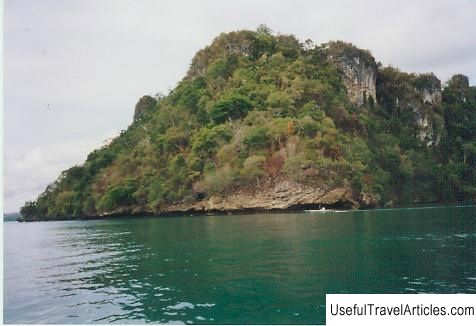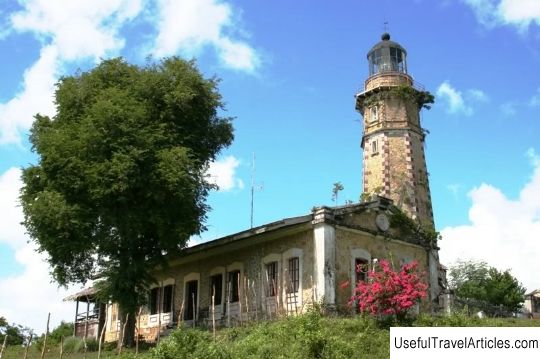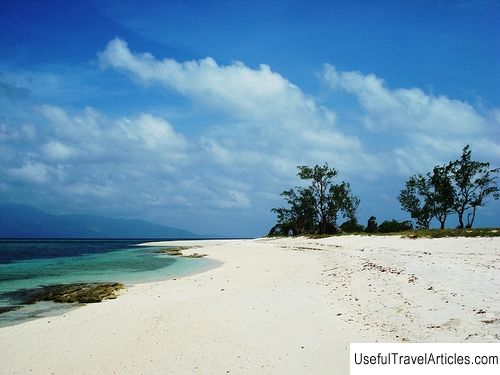Cuyo description and photos - Philippines: Palawan Island
Rating: 9,4/10 (2432 votes) 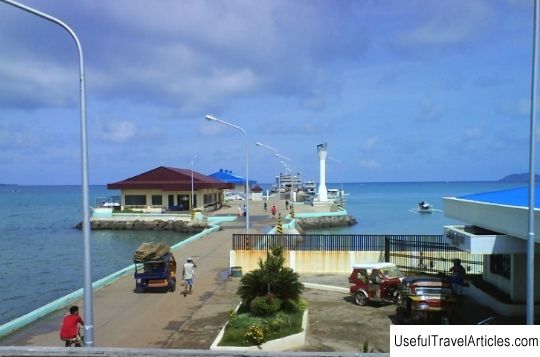
Cuyo description and photos - Philippines: Palawan Island. Detailed information about the attraction. Description, photographs and a map showing the nearest significant objects. The title in English is Cuyo. Photo and descriptionCuyo is a small town located on the island of Palawan. According to the 2000 census, a little more than 18 thousand people lived here. The city itself is considered the oldest in the province of Palawan, and from 1873 to 1903 it was the second capital of the province. The Cuyo Islands, which are 45 in total, are scattered over an area of 130 sq. km. They lie south of Mindoro Island between North Palawan and Panay Island. The largest island of the group, Cuyo, has an area of 57 sq. Km. and about 14 km long. There are three cities on it - Kuyo, Agutaya and Magsaysay. You can get to the island by plane from Manila - the journey takes only an hour and a half. And if you hit the road on the water, you will have to spend almost a day. The first to discover the Cuyo Islands were Chinese traders, who settled here, starting to do business with the aboriginal population. Then the Malays appeared, who began to establish small settlements along the coast of the island. They brought with them their culture, in particular the traditional pondo pondo dance, which is incredibly popular today. In 1622, the Spanish Count San Augustin arrived on Cuyo, together with five missionaries, who, without meeting any resistance, began to spread Christianity among the local population. However, just a few years later - in 1636 - Muslim pirates attacked the island, destroying the monastery and church and burning the city, taking the captives with them. The Spaniards could not help but answer - in the same year they put up their flotilla, consisting of 6 ships and 250 sailors. During the battle, the leader of the Muslims Datu Tagul was killed, and 300 of his people were captured. The Spanish captives were released. Today one of the main attractions of the island is Fort Cuyo, built by the Spaniards to protect the population from the Moro pirates at the end of the 17th century. It is one of the oldest forts in the Philippines. An old church and monastery are located on its territory. The original fortified structure of stone and limestone was in the form of a square with four bastions. The current fort, occupying an area of 1 hectare, has the shape of a rectangle with walls 10 meters high and 2 meters thick. There is also a high bell tower and watchtowers, whose cannons, facing the sea, are now used only during the holidays. Another attraction of Cuyo is the lighthouse - the first thing that a traveler sees when approaching the island by water. The streets of the city today are almost completely asphalted, but in some places there are still examples of Spanish colonial architecture. In the center of the city there is a church built in 1860, and next to it there is a school and a monument to the national Filipino hero Jose Risal. Not far from the city is Mount Aguado, notable for the fact that there are parking lots from its foot to the very top, which are used by numerous pilgrims during the Procession of the Holy Week. Tourists come to Cuyo Island for a variety of water sports and a break from the hustle and bustle of the popular Boracay Island nearby. Cuyo has facilities for kitesurfing, skimboarding, diving and snorkeling. Nature lovers can take a tour of the island to discover the local flora and fauna.       We also recommend reading Terespolskiye Vorota description and photos - Belarus: Brest Topic: Cuyo description and photos - Philippines: Palawan Island. |
